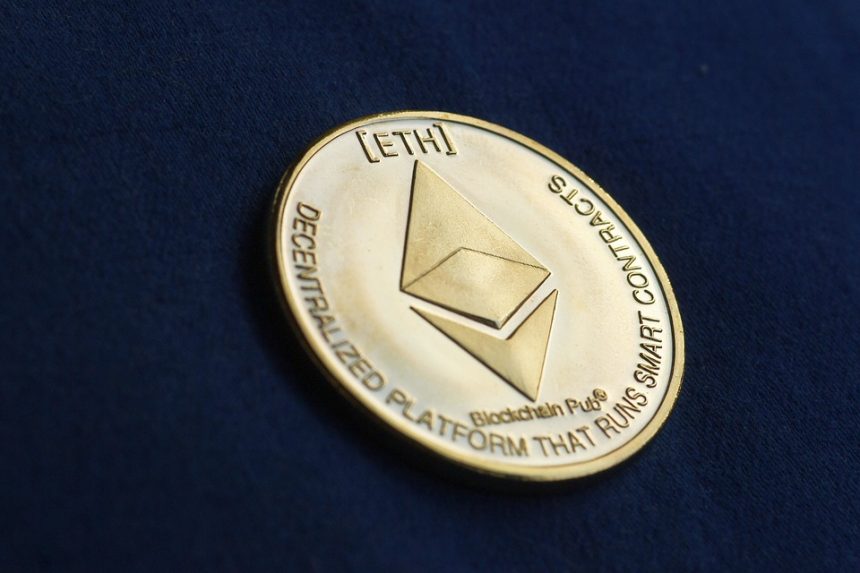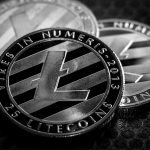In recent years, the financial landscape has witnessed transformative changes driven by technological advancements. One of the most exciting developments is the tokenization of real-world assets (RWAs), a trend that promises to redefine ownership, investment, and liquidity in various markets. This article explores the ongoing trends in tokenization, the implications for investors and businesses, and predictions for its future trajectory.
Understanding Tokenization
Tokenization is the process of converting ownership rights in a real-world asset into digital tokens that can be stored and traded on a blockchain. These assets can include real estate, commodities, art, stocks, bonds, and even intellectual property. By leveraging blockchain technology, tokenization provides numerous benefits such as fractional ownership, improved liquidity, and increased accessibility.
Trends in Tokenization
-
Fractional Ownership: One of the most significant developments in the tokenization space is the ability to allow fractional ownership of high-value assets. This democratizes access to investments that were previously reserved for wealthy individuals or institutions. For example, a piece of exquisite artwork can be tokenized and sold in fractions, enabling a broader audience to participate in art investment.
-
Increased Regulation and Standardization: As interest in tokenization grows, regulatory bodies around the world are beginning to establish frameworks to govern the use of blockchain and cryptocurrencies. Countries like the United States, the European Union, and Singapore are actively implementing regulations to ensure compliance, which increases the legitimacy of tokenized assets and attracts institutional investors.
-
Integration with Traditional Finance: Financial institutions are increasingly recognizing the potential of tokenized assets. Traditional banks and investment firms are starting to explore partnerships with blockchain companies to integrating tokenization into their existing services. This convergence aims to streamline processes such as settlement, custody, and trading.
-
Ecosystem Development: The rise of decentralized finance (DeFi) is paving the way for an interconnected ecosystem where tokenized assets can be used in various financial applications including lending, borrowing, and trading. DeFi protocols are enhancing liquidity and creating new opportunities for investors seeking yields on their digital assets.
- Cross-Border Transactions: Tokenization facilitates global access to investment opportunities, breaking down geographical barriers. Investors from different parts of the world can easily transact in tokenized assets, promoting international equity and diversity in investment portfolios.
Predictions for the Future of Tokenization
-
Widespread Adoption: As the technology matures and regulatory clarity improves, we can expect widespread adoption of tokenized assets across various industries. More businesses will look to tokenize their assets as a strategy for raising capital and enhancing liquidity.
-
Emergence of New Asset Classes: Tokenization will lead to new asset classes that are currently underrepresented in traditional finance. For instance, carbon credits, digital collectibles, and even patents can become part of the investment landscape through tokenization.
-
Customization and Smart Contracts: Advancements in smart contract technology will enable more complex and customizable financial products tied to tokenized assets. This includes automated compliance checks, revenue-sharing arrangements, and dynamic pricing models that respond to market conditions.
-
Consumer-Driven Marketplaces: As tokenization becomes more mainstream, we will likely see the emergence of consumer-driven marketplaces focused on tokenized RWAs. These platforms will allow consumers not only to invest but also to buy, sell, and trade tokenized assets seamlessly.
-
Education and Awareness: As the tokenization market expands, education will be crucial. Investors will need a better understanding of how these assets work, the risks and benefits associated with them, and the implications of regulation. Increased education initiatives will help build trust and foster a more knowledgeable investor base.
- Interoperability: For tokenized assets to gain traction, interoperability among various blockchain networks will be critical. As projects focus on creating seamless connections across different ecosystems, liquidity will increase, and users will benefit from a more integrated experience.
Conclusion
The tokenization of real-world assets represents a paradigm shift in how we think about ownership, investment, and the transfer of value. While challenges remain, such as regulatory uncertainties and technological limitations, the evolving landscape suggests a future ripe with opportunity. As we explore the myriad of benefits and applications of tokenized assets, one thing is clear: the way we engage with investments is on the brink of a significant transformation, and those who adapt will be well-positioned in this new era of finance.





